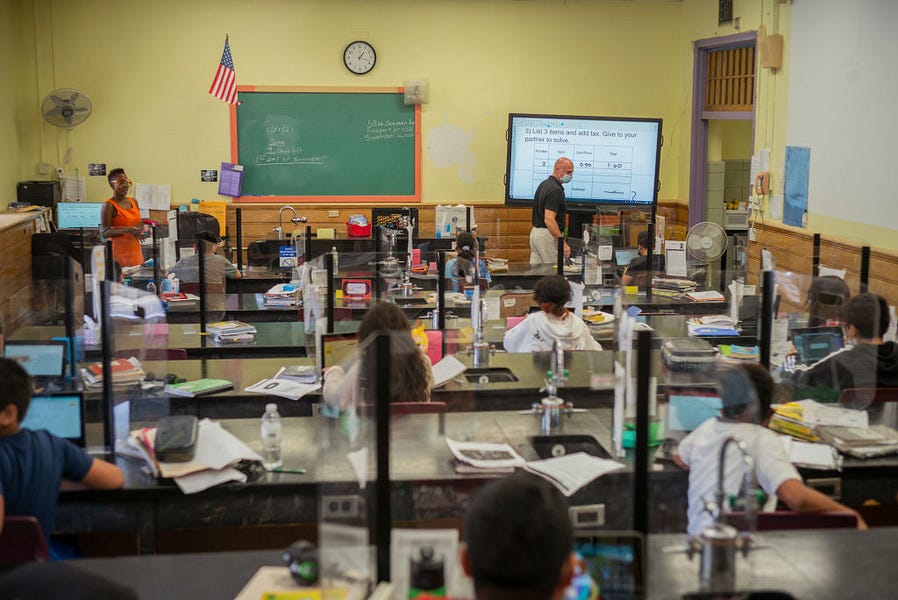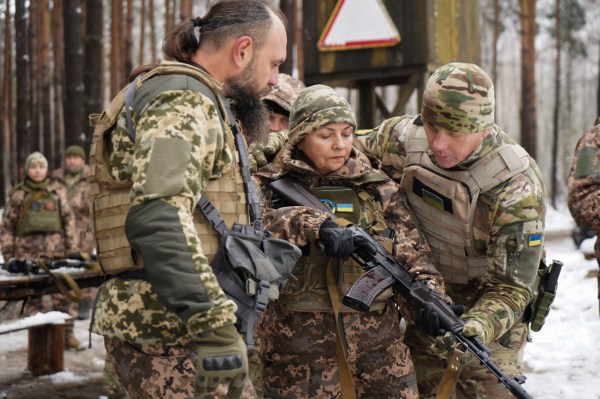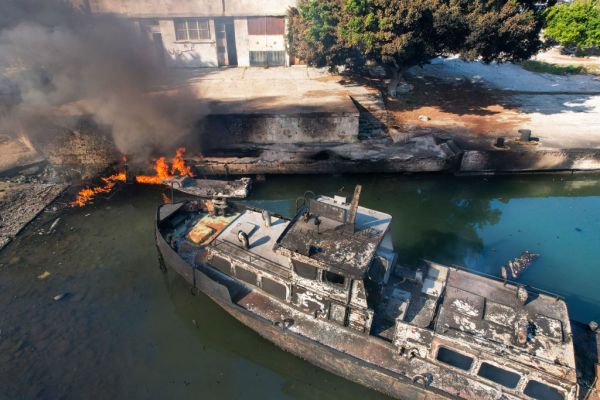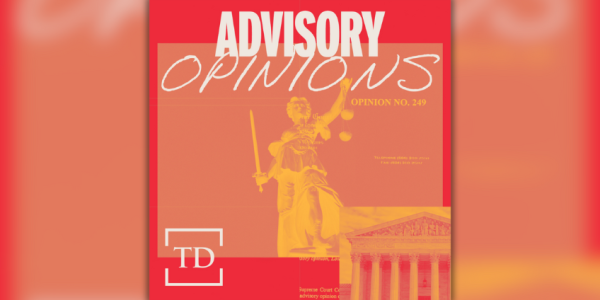This time last year, all I wanted was for my students to have access to in-person instruction. I didn’t mind having to do a hybrid structure, deep cleaning on Wednesdays, mandatory masks, extended quarantines, or social distancing—I would have done anything to have my students back in person.
Some of these protocols were necessary last year, others were not. However, thanks to the vaccine, further research, and our control of the virus, it is abundantly clear that these protocols will not only be COVID theater this fall, but also a disruption to learning.
As of now, the majority of schools are thankfully planning to ditch some of these protocols, such as the highly ineffective and burdensome hybrid structure and the arbitrary requirement of six feet of distance—two measures that often prevented five days of in-person learning from happening. Unfortunately, we still have recalcitrant teachers unions with leaders such as Randi Weingarten, who will do everything in their power to obstruct the return to five days of in-person instruction. The Chicago Teachers Union has already made egregious demands that 80 percent of eligible students be vaccinated before they return to school this fall in-person. It would be helpful both morally and politically for Democrats to side with the science and kids this year over their most problematic interest group.
Other protocols have also proven to be futile as mitigation strategies, yet schools are still planning to use them despite their costliness. Many schools last year made the well-meaning but ill-advised decision to close one day a week for “deep cleaning” despite the scientific evidence that COVID transmission on surfaces is almost nonexistent. Nevertheless, a school district in Alabama is planning to spend part of its COVID relief funding on deep cleaning rather than on more important things such as improved ventilation or addressing learning losses. Likewise, quarantining students who have been “exposed” in their pod are over-the-top precautions which will cause students to needlessly miss out on critical instructional time.
Lastly, the protocol that has been the most complicated and contentious in our society whether inside or outside of schools is the debate on masks. Recently, the CDC has advised that students and teachers who are fully vaccinated do not have to wear masks, while unvaccinated children, even those as young as 3 years old according to Dr. Anthony Fauci, should continue to wear masks. This excessive mask guidance has been given despite the fact that 99.995 percent of children who have contracted COVID survived and that schools that were opened this past year did so with minimal transmissions.
These overcautious scientists who have never taught in the classroom have demonstrated their oblivion to the very real impediment that masks cause to a learning environment. I have been teaching with masks for the past nine months, and while I am grateful for the in-person learning opportunities for my students with mandatory masks, I have to acknowledge the consequences that come with masked instruction.
The rich, vibrant class discussions of the past are now limited, as students use their masks as a shield to hide behind so they don’t have to participate. When they do participate, their voices are softened and muffled, depriving their peers of the opportunity to learn from them. Students who aren’t native English speakers and young children who benefit immensely from visual cues and facial body language are harmed, as masks stand as an obstacle to their learning needs. As a teacher, I’m prevented from seeing my students’ delights or sorrows, unable to evaluate their understandings or confusions. Masks are far from the minor inconvenience that people mistakenly believe they are, and continuing to mandate them in schools so adults can “feel safe” is cruel and unfair to children.
At times during this pandemic, COVID protocols have been necessary in order to safely reopen schools. As long as the Delta variant does not become more dangerous to kids than the original coronavirus, we should be safe to end the protocols. They are a disruption to learning for our children who have so much ground to catch up on after a year and a half of school closures. These protocols, such as masks, are not normal. It would be irresponsible and inhumane for our society to accept them as the status quo. A true return to normalcy, which our children desperately need, is only possible if we end protocols in schools, just like we have for everything else in society.
Ryan Hooper is a high school social studies teacher in Baltimore.







Please note that we at The Dispatch hold ourselves, our work, and our commenters to a higher standard than other places on the internet. We welcome comments that foster genuine debate or discussion—including comments critical of us or our work—but responses that include ad hominem attacks on fellow Dispatch members or are intended to stoke fear and anger may be moderated.
You are currently using a limited time guest pass and do not have access to commenting. Consider subscribing to join the conversation.
With your membership, you only have the ability to comment on The Morning Dispatch articles. Consider upgrading to join the conversation everywhere.